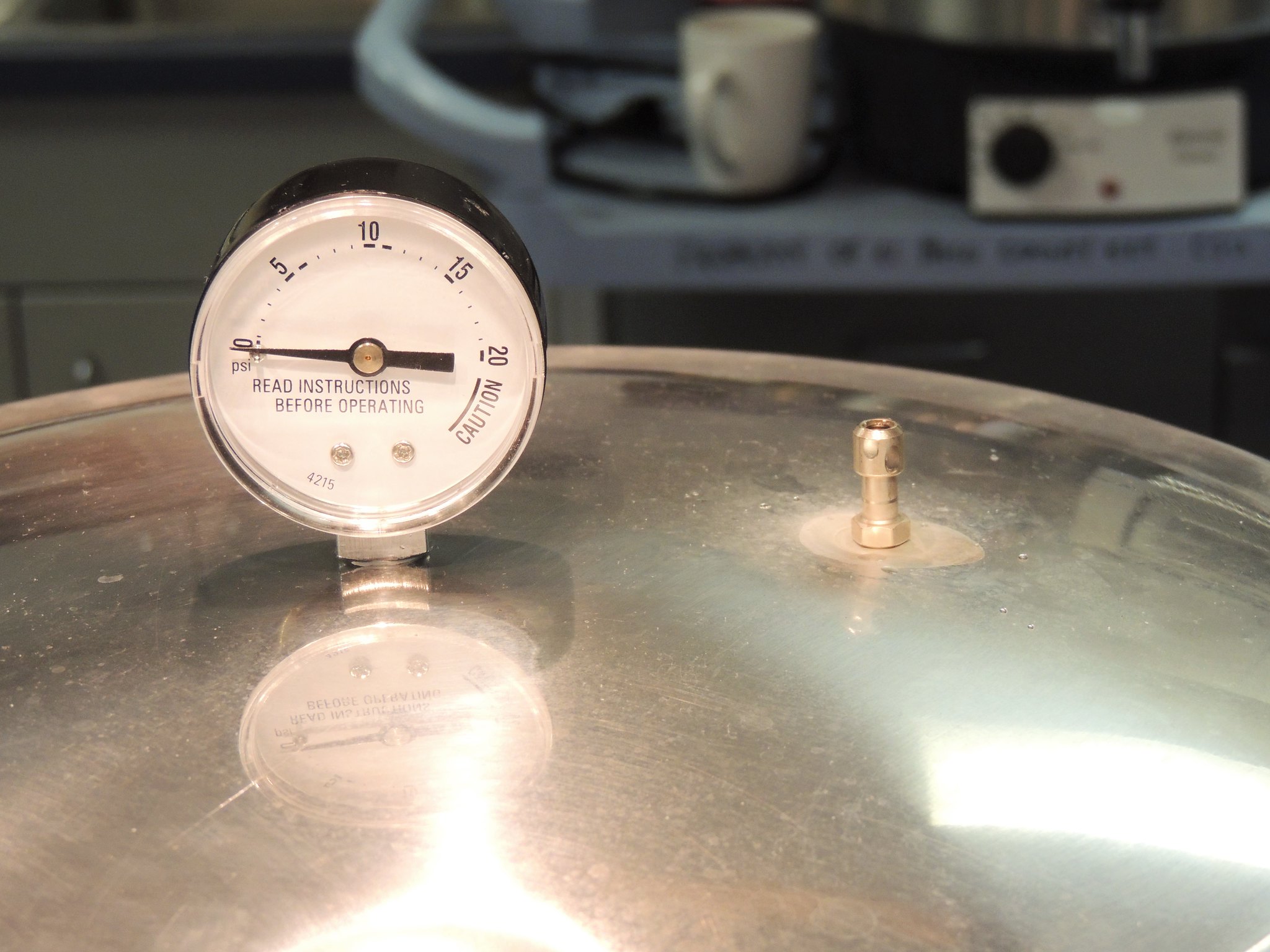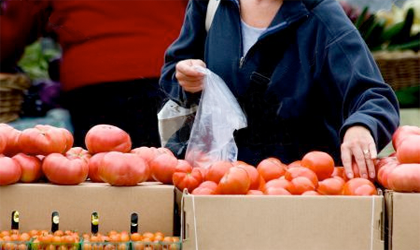Search

An identification guide to common Rangeland Insect Pests of South Dakota
The insects listed in this guide can be pests of rangeland in South Dakota. The best approach for preventing these pests from reaching damaging populations involves routine scouting.

A Guide To Pressure Canning
Pressure canners may have a weighted-gauge or dial-gauge, for indicating and regulating the pressure during processing.

Lawn Weed Control
Cultural weed control practices must be included in weed management programs to optimize control and inhibit re-infestation. A healthy, dense turf cover is the best overall defense against weed invasion. Some common cultural weed control practices include planting the most adapted turfgrass species for your environment (i.e. shade, full sun, or hot, dry conditions), maintaining a mowing height of 2.5–3.5 inches, watering deeply but less frequently, and proper soil maintenance including fertilization and core aerification.

Growing Sweet Corn in South Dakota
Sweet corn is a delicious vegetable enjoyed by both kids and adults. It is popular in the mid-to-late summer and is often bought at stands on street corners and grocery stores throughout small towns in South Dakota. What many people don’t know, however, is that sweet corn is a remarkably easy vegetable to grow yourself. All you need are a few essential materials and some basic knowledge to grow your own delicious sweet corn.

Grassy Weeds
Grassy weeds are a problem in all field crops. They must be identified at early stages of growth so they can be controlled before crop yields are seriously threatened. Control measures are not the same for all grassy weeds, so accurate seedling identification is important.
![A herd of cattle gather around a stock pond on a vast, lush grassland. Courtesy: USDA [CC BY 2.0]](/sites/default/files/2019-05/W-00231-00-cattle-grazing-grassland-pasture-range.jpg)
2017 Weed Control: Pasture and Range
There are 24 million acres of native and tame pasture and range as well as 1.4 million acres of grass hayland in South Dakota.

Buying or Selling Oats for a Cover Crop? Be Sure to Follow the Rules
As a challenging 2019 row crop planting season wraps up in South Dakota, many producers are looking to plant cover crops on unplanted acres. One popular cool-season grass cover crop is oats. Most oats in South Dakota are grown as certified varieties, and it is important to be aware of the legal ramifications behind purchasing oat seed for use as a cover crop.
How to Grill Amazing Beef Tri-Tip
The beef tri-tip is a newer cut that has become increasingly popular in the recent years due to its excellent flavor characteristics. We have put together a list of tips that will you get started to making a great tri-tip on the grill.

Growing Tomatoes in South Dakota
Few vegetables inspire us more than home-grown tomatoes, bursting with vine-ripe flavor. Tomatoes are easy to grow in containers or in the ground, and are excellent sources of vitamins A and C, as well as cancer-fighting lycopenes.

2018 Weed Control Noxious Weeds
Noxious Weed Recommendations: Herbicides for pasture, range, and non-crop areas, including roadside and other right-of-way that may be harvested for hay or grazed, are given a priority.